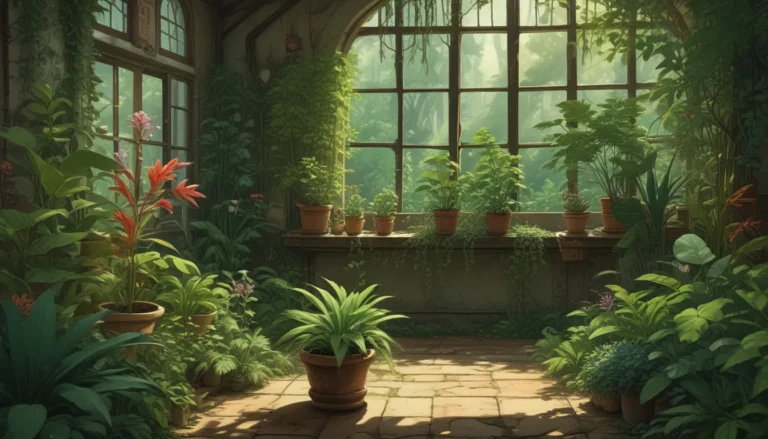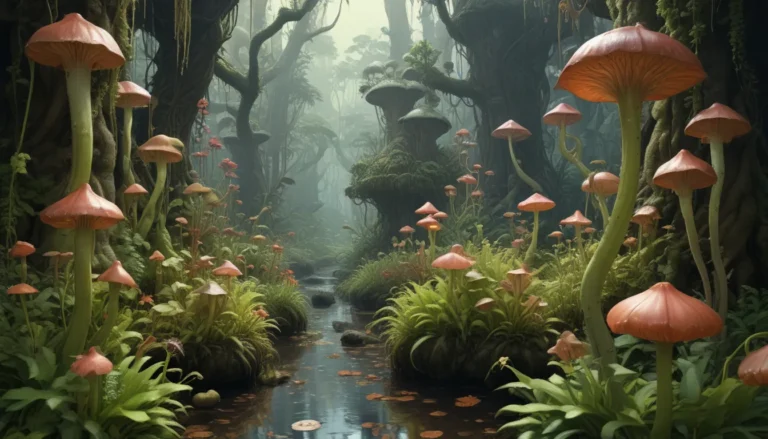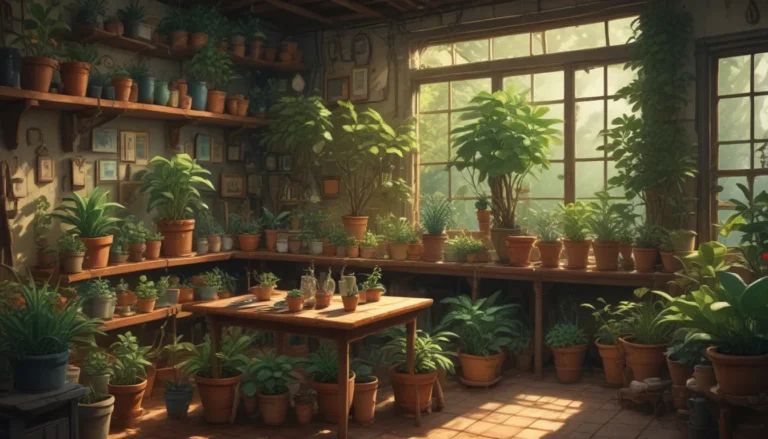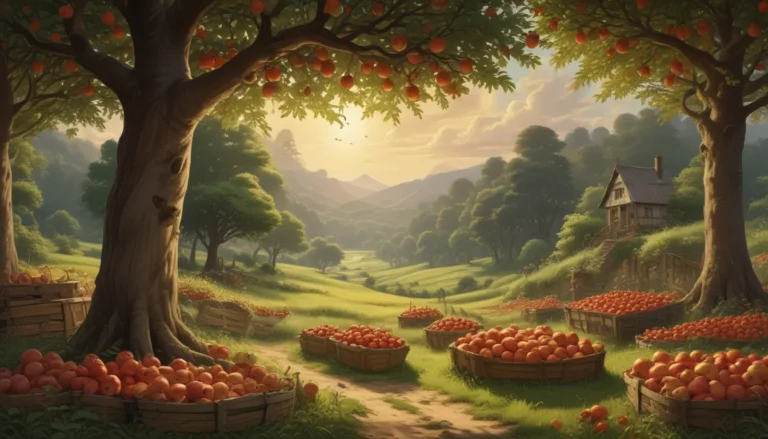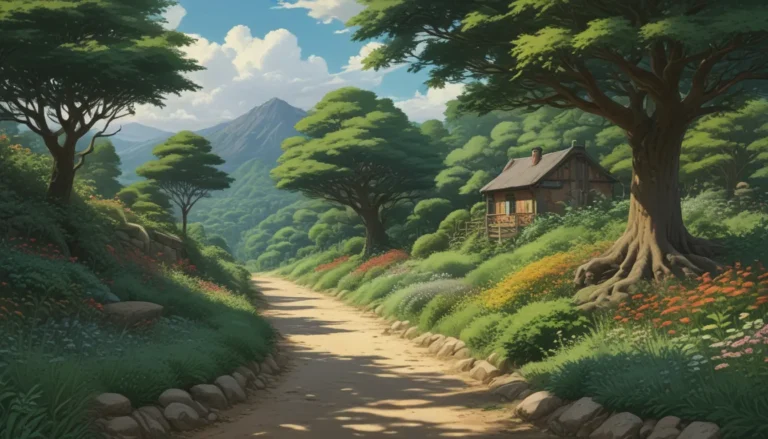The Ultimate Guide to Attracting Pollinators to Your Garden with Flowers
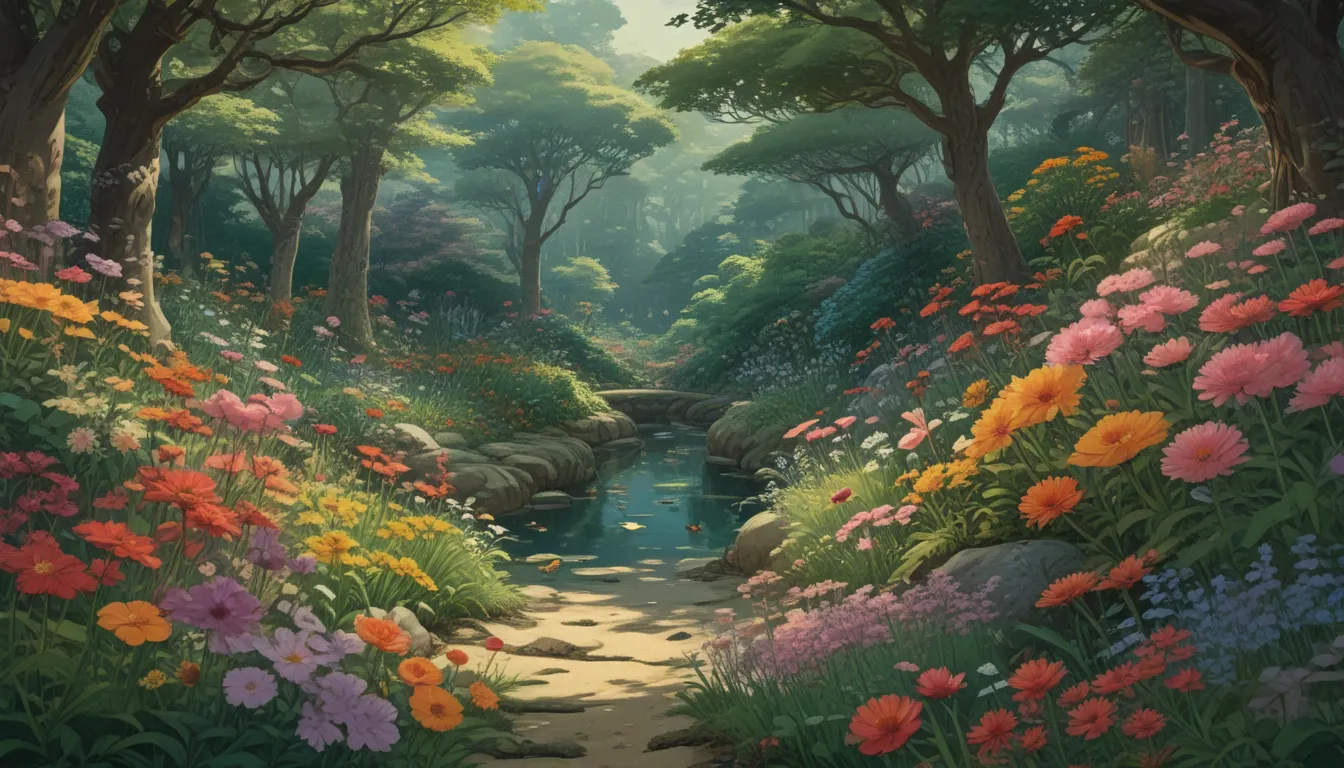
Flowers not only add beauty to our gardens but also play a crucial role in attracting beneficial insects and pollinators. These tiny creatures are essential for pollinating our plants and supporting our ecosystem. In fact, we rely on pollinators for as much as one-third of our food production.
If you’re looking to give these hardworking creatures a helping hand, planting the right flowers in your garden can make a significant difference. So, let’s dive into the world of pollinator-friendly flowers and discover the top 13 picks to attract these important garden guests.
Our Top Selections
- Borage
- Butterfly Bush
- Coneflower
- Cow Parsnip
- Dahlia
- Daisy
- Dandelion
- Goldenrod
- Lavender
- Marigold
- Milkweed
- Snapdragon
- Sunflower
1. Borage
Borage, also known as starflower, is a favorite among people and pollinating insects alike. With attractive star-shaped blue flowers, this plant provides sweet nectar that bees love. Not only is borage pretty, but it is also functional. Its seeds, leaves, and flowers are edible and used in various culinary and herbal applications. Plus, it self-seeds, making it low maintenance and a great addition to any garden.
2. Butterfly Bush
Butterfly bushes are aptly named for their ability to attract butterflies and hummingbirds to your garden. With blooms in purple, lavender, pink, or white, these woody shrubs can last for decades with proper care and occasional pruning. To bring these lovely visitors to your yard, consider planting butterfly bushes in Zones 5 to 9.
3. Coneflower
Known as Echinacea, coneflowers are a favorite among butterflies, bees, and other beneficial insects. These flowers, with their sweet nectar, attract a variety of pollinators to your garden. Consider planting them in perennial borders next to a vegetable garden for best results.
4. Cow Parsnip
Cow parsnip, also known as Indian celery, is a white-blossomed perennial native to North America. With large compound umbels, this plant provides ample nectar and pollen for a wide range of pollinators, including bees and wasps. Easy to grow in various habitats, cow parsnip is a great addition to any garden.
5. Dahlia
Delightful dahlias come in various colors and shapes, but it’s essential to choose the right varieties to attract pollinators. Opt for open types of dahlias like single or semi-double flowered varieties, which are hardy, low-maintenance, and loved by pollinators. With over 40 varieties available, you’re sure to find the perfect dahlia for your garden.
6. Daisy
Daisies, with their classic white and yellow appearance, are prime bee and butterfly attractors. Shasta daisies, in particular, are excellent at drawing in helpful flying friends. With vibrant shades of yellow, pink, and more, daisies are a cheerful addition to any garden.
7. Dandelion
Dandelions are not just weeds; they are essential for attracting beneficial insects to your garden. Blooming from early spring to summer, dandelions provide much-needed food for pollinators like bees. Instead of removing these bright yellow delights, consider encouraging them to grow and support your garden ecosystem.
8. Goldenrod
Goldenrod is a late-season bloomer that provides food for pollinators well into autumn. With vibrant yellow flowers, this plant is perfect for adding color to your garden in the fall. Planting flowers like goldenrod can help keep beneficial insects around and support your garden ecosystem.
9. Lavender
Bees go crazy for lavender, making it a must-have plant for attracting pollinating insects. Besides its appeal to bees, lavender also helps ward off unwanted insects like fleas, flies, and mosquitoes. With its pleasant scent and various cultivars available, lavender is a versatile plant that can enhance your garden.
10. Marigold
While there is some controversy about marigolds repelling bees, they are still attractive to a variety of friendly insects like flies, moths, and butterflies. Marigolds are also beneficial for improving soil health and warding off disease-causing soil nematodes. Look for varieties with open centers to make pollen accessible to insects.
11. Milkweed
Butterfly weed, also known as milkweed, is a magnet for butterflies, bees, hummingbirds, and other pollinators. While slightly challenging to grow from seed, milkweed offers a beautiful option for hot weather gardens. Consider adding this herbaceous perennial to support pollinators in your garden.
12. Snapdragon
Snapdragons are the ultimate bumblebee attractors, with unique adaptations to suit pollinators’ needs. The scent, color, and physical form of snapdragons are perfectly aligned to attract bumblebees. With various cultivars available, snapdragons are a great choice for bringing more pollinators into your garden.
13. Sunflower
Sunflowers are not only attractive to insects but also to birds, who love their seeds. These cheerful flowers are ideal for attracting a variety of wildlife to your garden. With different types of sunflower seeds available, including dwarf varieties, you can create a vibrant and pollinator-friendly garden.
Flower Power
Flowers play a vital role in supporting our ecosystem and attracting essential pollinators to our gardens. By planting pollinator-friendly flowers, you can create a vibrant and thriving garden that benefits both plants and wildlife.
Have you tried planting any of these flowers in your garden? Share your experiences in the comments below. And if you enjoyed this article, check out our other guides on temperate flowering perennials, flowering ground covers, and evergreen shrubs for your garden.
Remember, every flower you plant makes a difference in supporting pollinators and preserving our ecosystem. Happy gardening!
